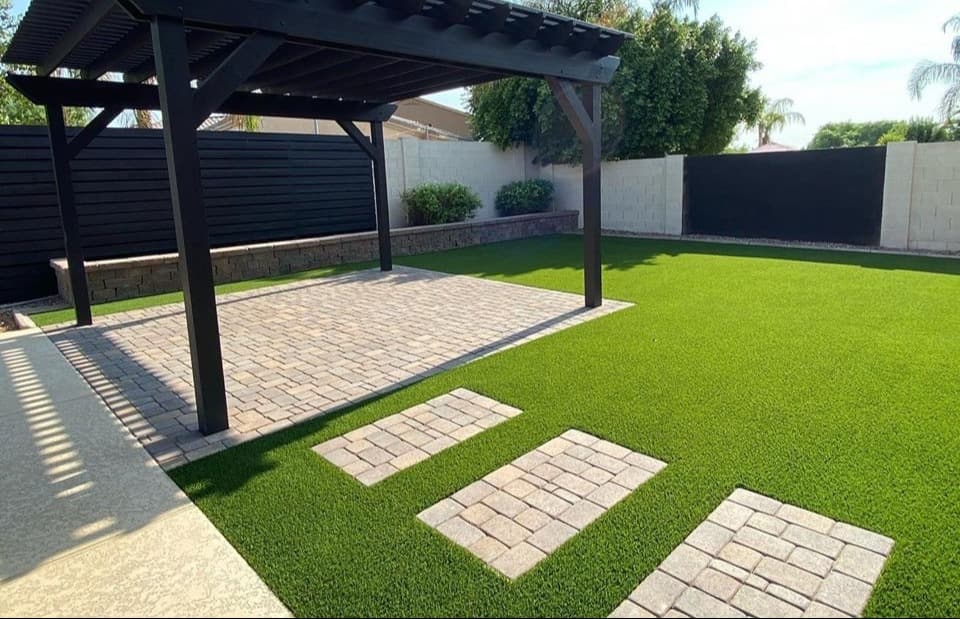Should You Flatten Soil Before Laying Turf?
Introduction
Picture this: a sprawling green lawn that resembles a lush carpet, inviting you to walk barefoot and feel the soft blades of grass between your toes. Achieving such an idyllic scene isn’t just a dream; it’s entirely possible with the right preparation. One of the most critical steps in laying turf is ensuring the soil beneath it is flat and even. But why is this step so important? Let’s delve into the details and find out.
Table of Contents
- The Importance of Flattening Soil
- Steps to Prepare Your Soil
- Common Mistakes to Avoid
- Key Takeaways
- FAQs About Soil Preparation
- Conclusion
The Importance of Flattening Soil
Imagine building a house on an uneven foundation. The structure would be unstable, prone to issues, and unlikely to last. Similarly, when laying turf, a flat and even soil base is essential for several reasons:
- Healthy Root Growth: Flat soil ensures that roots can grow uniformly, accessing nutrients and water efficiently.
- Water Distribution: Even soil prevents water from pooling in low spots or running off high areas, ensuring consistent hydration.
- Aesthetic Appeal: A smooth lawn surface is visually appealing and easy to maintain.
Steps to Prepare Your Soil
Preparation is key to success. Here’s how you can ensure your soil is ready for turf:
- Remove Debris: Clear away rocks, sticks, and other debris from the area.
- Grade the Area: Use a rake to level the soil, filling in low spots and breaking up clumps.
- Compact the Soil: Use a roller or tamper to compact the soil, creating a firm base.
- Check for Level: Use a spirit level or string line to ensure the surface is even.
- Add Topsoil: If necessary, add a layer of topsoil and repeat the leveling process.
Common Mistakes to Avoid
Avoiding common pitfalls can save you time and effort:
- Skipping Soil Testing: Always test your soil’s pH and nutrient levels. Visit the USDA’s guide on soil testing for more information.
- Ignoring Drainage: Ensure proper drainage to prevent waterlogging. Learn about drainage solutions at EPA’s Soak Up the Rain initiative.
- Rushing the Process: Take your time to achieve a flat surface. Rushing can lead to uneven turf and future maintenance issues.
Key Takeaways
- Flattening soil before laying turf is crucial for healthy root growth, proper water distribution, and aesthetic appeal.
- The preparation process involves removing debris, grading, compacting, checking for level, and adding topsoil if necessary.
- Avoid common mistakes such as skipping soil testing, ignoring drainage, and rushing the process.
FAQs About Soil Preparation
Why is soil testing important before laying turf?
Soil testing helps determine pH levels and nutrient content, ensuring optimal conditions for turf growth. For more guidance, refer to the USDA’s soil testing resources.
How do I ensure proper drainage?
Proper drainage prevents waterlogging and promotes healthy turf. Consider installing a rain garden or other drainage solutions recommended by the EPA’s Soak Up the Rain initiative.
Can I lay turf on uneven soil?
Laying turf on uneven soil can lead to poor root growth, water pooling, and an unattractive lawn. Always flatten the soil for best results.
Conclusion
Laying turf is like crafting a masterpiece, with each step contributing to the final picture-perfect lawn. By taking the time to flatten your soil properly, you’re setting the stage for a healthy, vibrant, and beautifully green lawn that will be the envy of your neighborhood. Remember, in gardening as in life, a strong foundation leads to lasting success. Happy gardening!



